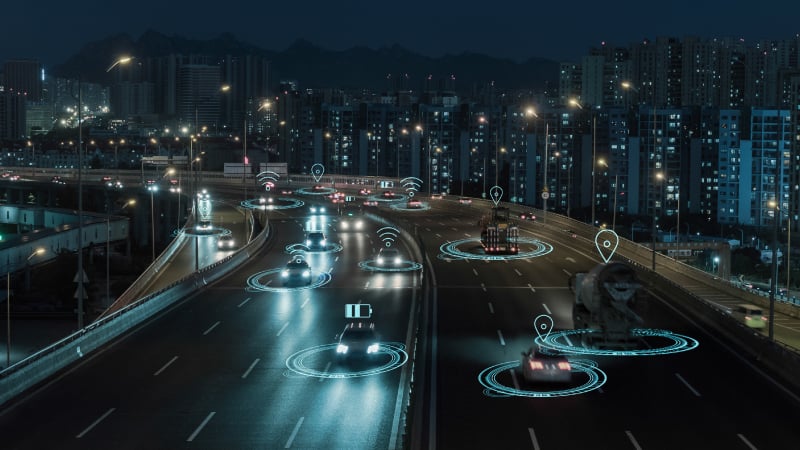Artificial Intelligence (AI) is no longer a distant promise; it’s a powerful force reshaping industries, economies, and everyday life — especially in Asia. Across the region, AI adoption is accelerating at an extraordinary pace, with countries such as Singapore and South Korea leading the global AI race. The AI boom brings with it new opportunities, new challenges, and a critical need for next-generation infrastructure.
At the heart of this AI-driven revolution are modern data centres. They are the digital backbone supporting the explosive growth of AI applications — from healthcare and government services to manufacturing innovation. And as the impact of AI gains momentum, the need for computational horsepower is transforming modern data centre infrastructure. Across Australia, for example, the demand for advanced GPUs to power AI workloads is pushing for high density data centres to manage much hotter environments than ever before.
Meanwhile, Southeast Asia is seeing an extraordinary surge in digital economy growth, with AI at its core. The region enjoys several advantages: a young, tech-savvy population, proactive government investment, and a thriving ecosystem of startups pioneering AI innovation across multiple sectors. Accelerated investments in AI-ready data centres were noted in the first half of 2024, with over USD 30 billion noted across Malaysia, Singapore, and Thailand including the likes of Bridge Data Centres and Firmus Technologies. Capacity in Southeast Asia’s data centre market is expected to grow by nearly 1.5 times — with much of this expansion specifically designed to meet AI's unique infrastructure needs.
Eyes on Asia
With the advancements in AI, a “funding frenzy” has been observed across the region, spawning record-breaking loans to expand across key markets including Malaysia and Thailand. According to data from real estate services firm Cushman and Wakefield, demand for AI-data centres in the region will expand by about 28% a year through 2028, outpacing the US’s growth. Malaysia’s southern state of Johor has been a major beneficiary of this data centre boom, with the state having about 30 data centre projects completed or under construction, with about 20 more pending approvals.
Given this massive growth, the World Economic Forum highlights the critical importance of robust, scalable infrastructure to support the expanding AI landscape. According to IDC, worldwide IT AI hardware spending will increase by 21.3% annually from $72B in 2024 to about USD 258B in 2028 to support AI.
Regional data centres are not just enabling local growth; they are becoming crucial players in the global AI ecosystem. To meet AI's soaring demands, technology providers, governments, and innovators must collaborate to ensure seamless access to the latest tools and expertise.
Powering the AI Revolution with Vertiv
At Vertiv, we have been at the forefront of this transformation, working closely with the world’s AI leaders – including NVIDIA and Intel.
Together with NVIDIA, we addressed how the next wave of AI data centres will reshape the DNA of critical infrastructure as we know it, requiring new approaches to data centre design at the recent NVIDIA GTC 2025. Vertiv’s Martin Olsen,in particular, emphasized how AI is driving data centres to where power, cooling, and compute will operate as one holistic unit to support compute upwards of 130 kilowatts per rack.
We remain committed to our customers through constant product innovation like liquid cooling, modular and microgrid-powered facilities, heat reuse strategies and advanced Energy Management Systems, to support them in this AI revolution. We’ve also strengthened our capabilities with the recent launch of the Vertiv Academy in the Philippines, and are looking to expand our capacity with an upcoming opening of a manufacturing facility in Johor, Malaysia to support the demand for AI-ready infrastructure.
Customers today want end-to-end solutions to power and cool high-density AI workloads and with our decades of experience leading the data center industry, we’re proud to continue to partner our customers to build the resilient, scalable and sustainable infrastructure that power it.







